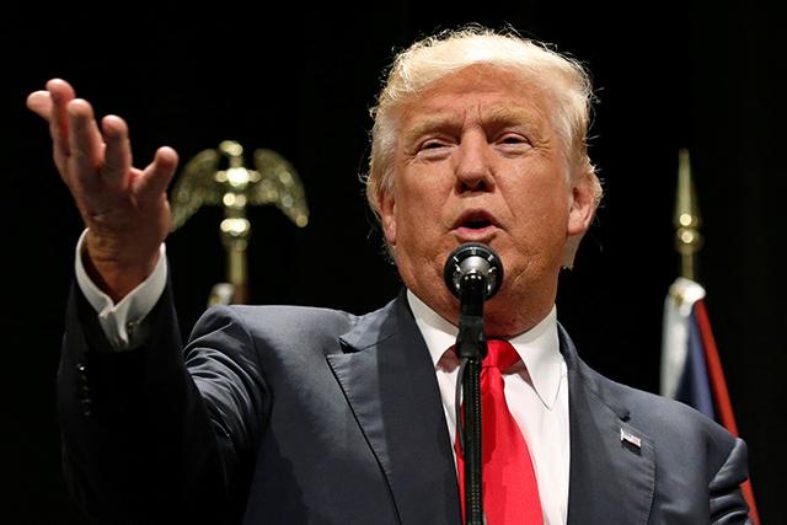Since President Trump won the US presidential elections on November 8th 2016, the US stock markets have been upbeat; a reaction that has left many analysts bewildered. On one hand there is a President that seem to be feared due to his proposed radical policy changes that according to Oxford Economics, a British forecasting firm with offices in the United States; would cost the US about USD 1 trillion in the next five years. On the other hand we have rising indices in the US stock markets;with some indices such as the Dow Jones having surpassed the psychological 21,000 mark in the recent days.
The rise in the stock market indicates confidence in the economy from investors; the same group of people who are expected to be worried about the uncertainty surrounding the new policy changes proposed and being implemented by the Trump administration. It therefore begs the question of, what is actually going on and how are markets and the economy as a whole interpreting Trump’s presidency?
The answer to the above question can be found by analyzing some of the key policy changes that President Trump has already signed executive orders for. At the top of the list is the deregulation of the banking industry in order to reduce limitations that inhibit lending. When President Trump signed the executive order on deregulating the financial markets and recently during his first address to the US Congress, share trading rallied upwards further, accelerating the pace gained since November 2016.According to Trump administration, high regulation of the banking sector is acting as a barrier to economic growth; since businesses are denied access to credit to expand and grow their ventures, asa result of bureaucracy resulting from the current laws.
The banking sector in the US has come out as an early beneficiary of the Trump administration policy changes; at least in the short and medium term.In addition to the reduced regulations as explained above, which allows the banks to lend more and increase their revenues; the financial services providers will also rake in benefits from tax reduction. President Trump has proposed a very bold tax cut for corporate America and for the middle class in the US. This is meant to encourage more production of local commodities at affordable prices by reducing the tax expense from companies; and promoting consumerism from the middle class, by lowering their tax burden and leaving them with more disposable income to spend on the goods and services produced by the American companies. Banks will also benefit from this tax cut which will further balloon their profits; hence explaining why their stocks are on the rise.
Trump’s policy of “Buy American and Hire American” and his immigration policy changes however have been met with different responses from corporate America. On one hand there is a group of leading US corporates who support the move to impose taxes on imported goods and promote consumption of US products; while on the other hand there is a group of US retailers who are opposed to the proposed higher tariffs on imports. Technology companies in the US too led by Google, Apple and Facebook among other Silicon Valley movers and shakers are also opposed to Trumps immigration ban for immigrants from 7 Muslim countries.
These different policy stands by the corporations in the US is meant to protect their own interests; and with this kind of stack differences, one would expect that the stock market would be falling and not rising as it has been doing. However, a closer look into the fundamentals of the proposed policy changes reveals that most American businesses will benefit greatly from the tax cuts and other favorable business regulatory environment changes. Viewed holistically, the new policies therefore project a country poised for a high economic growth in the coming months and years; hence the high optimism as expressed by investors through rising prices in the stock markets.
Another big question in the minds of investors and the US citizens in general is on the sources of fundingfor the proposed ambitious infrastructure development in the US by the Trump administration. In his first speech to the US Congress President Trump said that his administration will undertake a huge infrastructure development across the US that will need about USD 1 trillion in investment. As he lowers the tax rates for businesses and middle class citizens, most economists wonder where his administration will raise funding from to fund the huge development projects. This is being viewed in the context of rising public debt in the US; and the effect more borrowing will have on the economy in the long-term.
In summary, having been in the office for more than one month now, President Trump is yet to expose all his cards and analysts are left speculating his next move. However, bearing in mind the rising stock prices across different exchanges in the US, it is assumed that investors have given Trump a benefit of doubt at least in the short to medium term.



